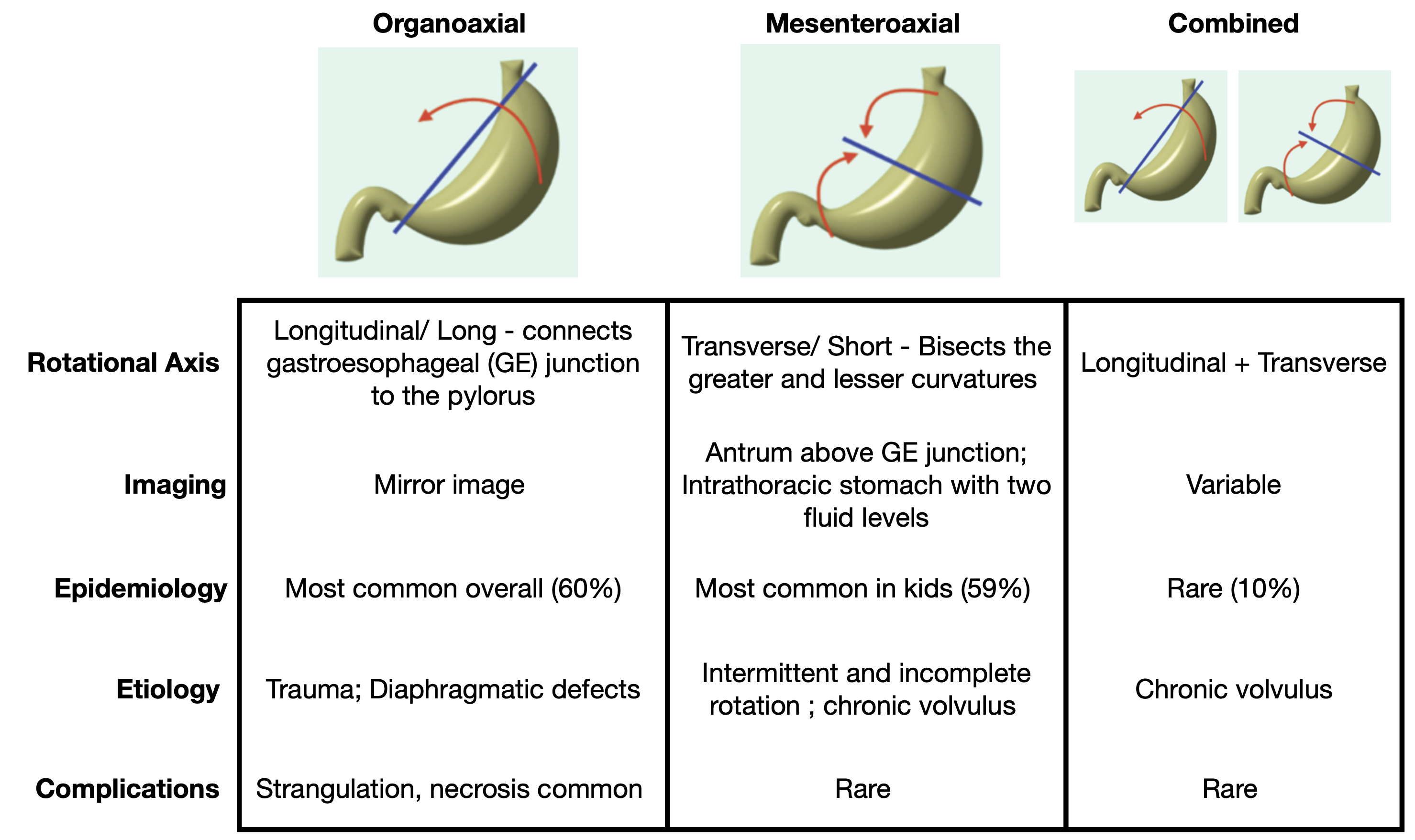PEMPix is the American Academy of Pediatrics Section on Emergency Medicine’s annual visual diagnosis competition. This year, in addition to the 10 finalists I will be presenting at the National Conference and Exhibition I will be sharing four cases online in advance of the conference. This is the third of the four cases.
This case was submitted by…

Dr. Roach was assisted on presenting this case by Daisy Ciener, MD, MS, a Pediatric Emergency Medicine Attending Vanderbilt.

A 12-year-old male with a history of developmental delay and a prior nasal tumor status post resection, was transferred from an outside hospital for abdominal pain, bloody and bilious emesis, and diarrhea for 3 days. On the morning prior to presentation, the patient was seen by his pediatrician he was given ondansetron and told to go to the ED if his symptoms worsened. That night, his symptoms worsened, and Mom took him to the community ED where he had diffuse, but non-specific abdominal tenderness. He received IV ondansetron and a 20ml/kg normal saline bolus, and labs were notable for:
- Platelets 433 x103 mcL
- CRP 10.7 mg/L
- BMP, urinalysis, strep, and viral testing were negative
No imaging studies were obtained at this initial visit, and he returned to this facility on the next day (the day of transfer to our ED) with worsening abdominal distention, pain, and vomiting. His vitals were initially normal, but he quickly deteriorated with systolic blood pressure reaching the 70s. On exam he was ill appearing with abdominal distention, guarding, and rebound tenderness. Notable labs included:
- Na 147 mmol/L
- Creatinine 1.86 mg/dL
- Glucose 196 mg/dL
- Anion Gap 24
- White Blood Cell Count 13.4 x103 mcL
- Platelets 424 x103 mcL
- C-Reactive Protein 76.7 mg/L
- Lactate 12.4 mmol/L
He was given 1L NS, pipericillin / tazobactam, morphine , and ondansetron. A CT of the abdomen and pelvis was obtained prior to transfer:





A. Gastric Bezoar
B. Duodenal Atresia
C. Malrotation with Midgut Volvulus
D. Gastric Volvulus
E. Abdominal Rhabdomyosarcoma













